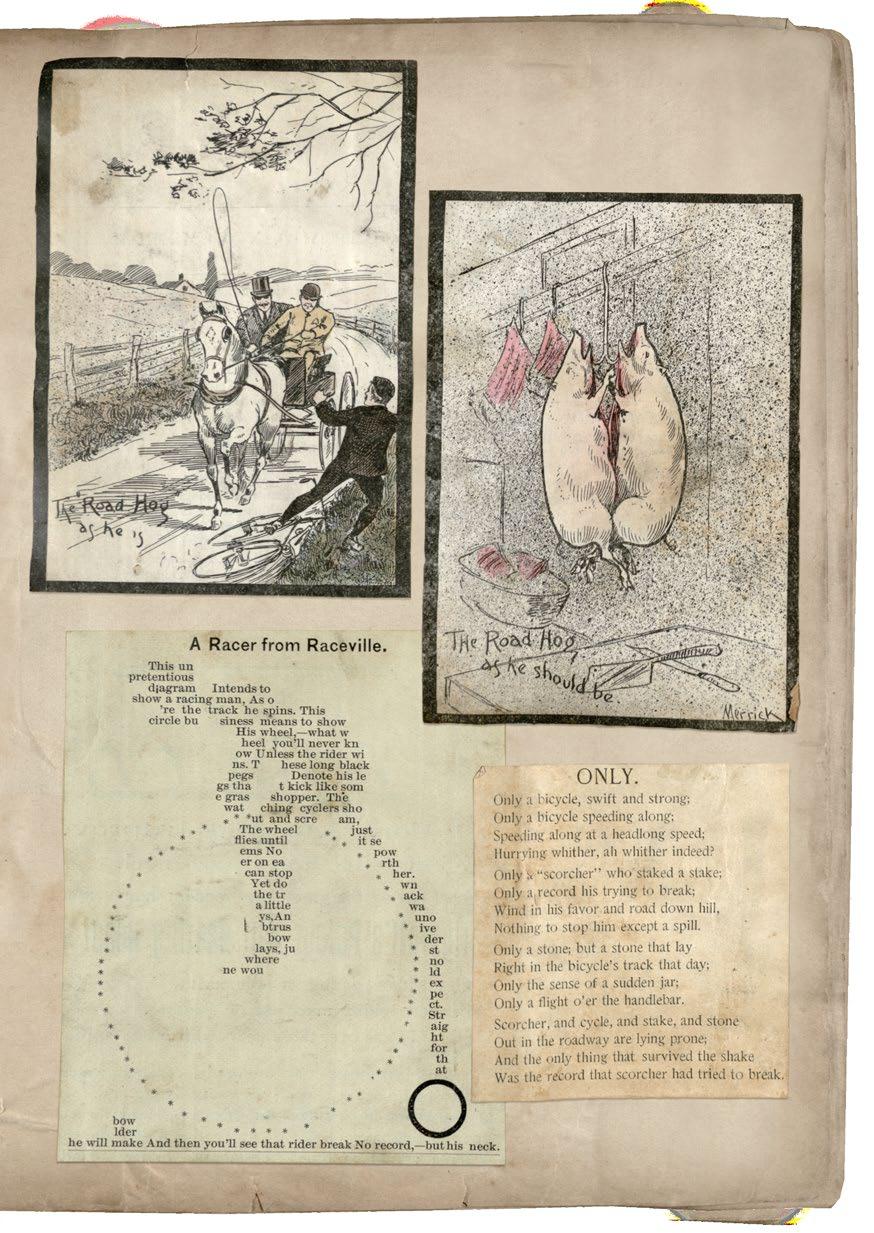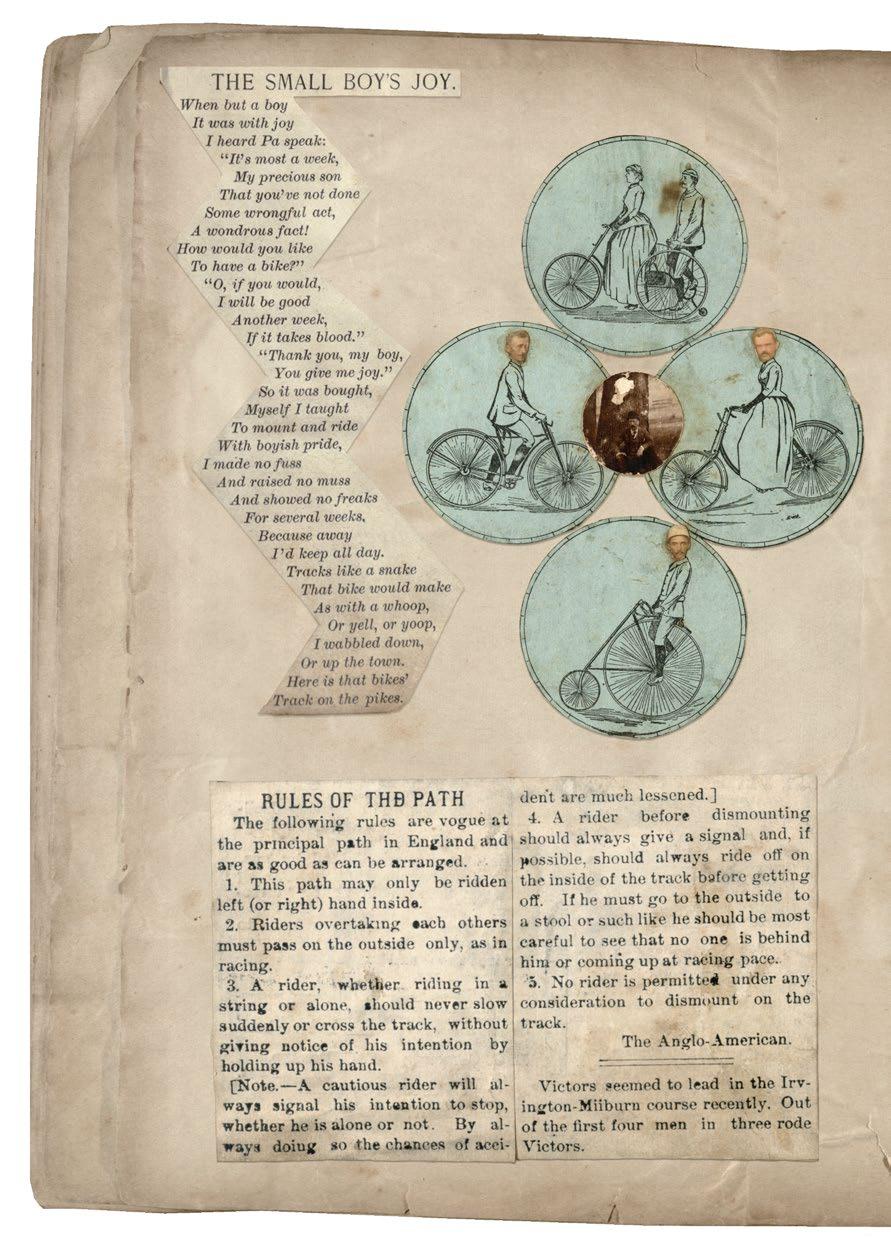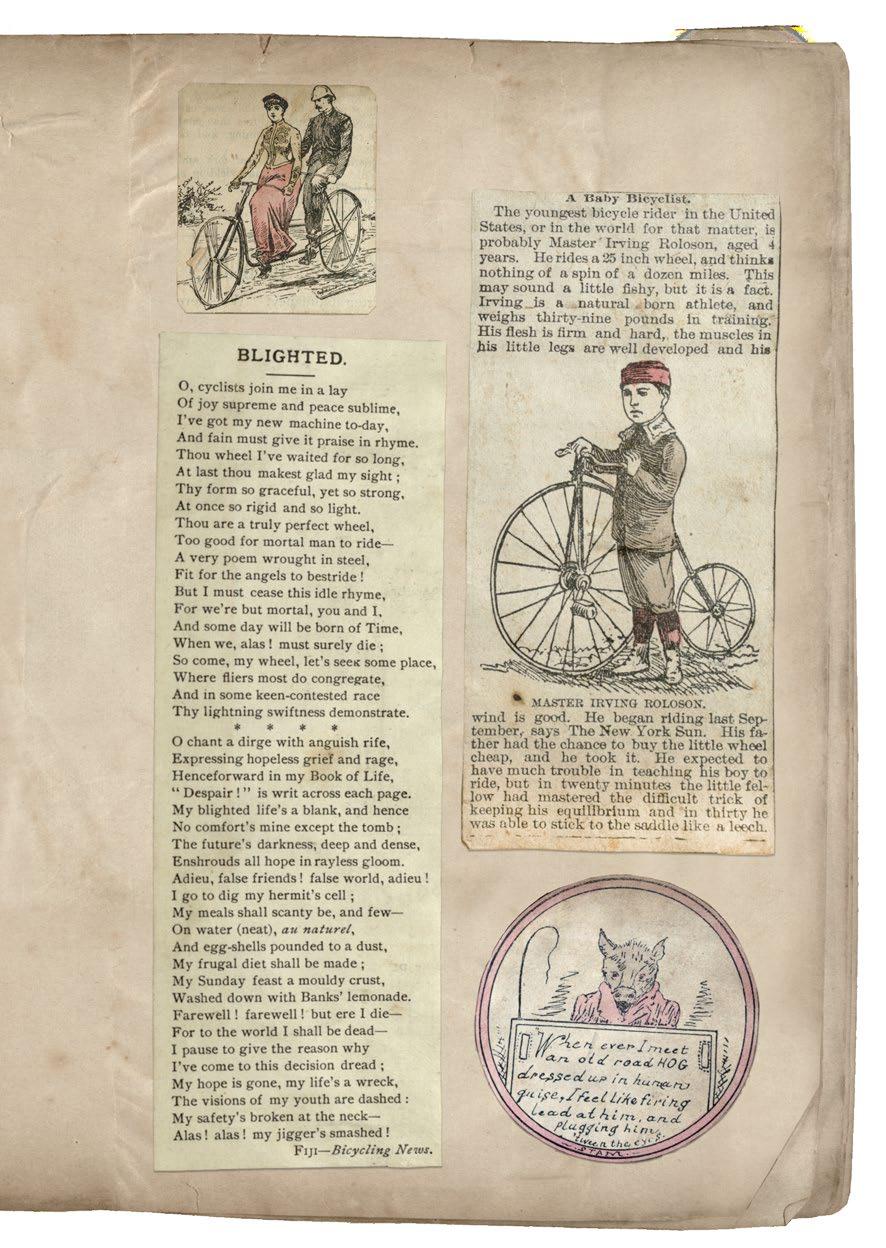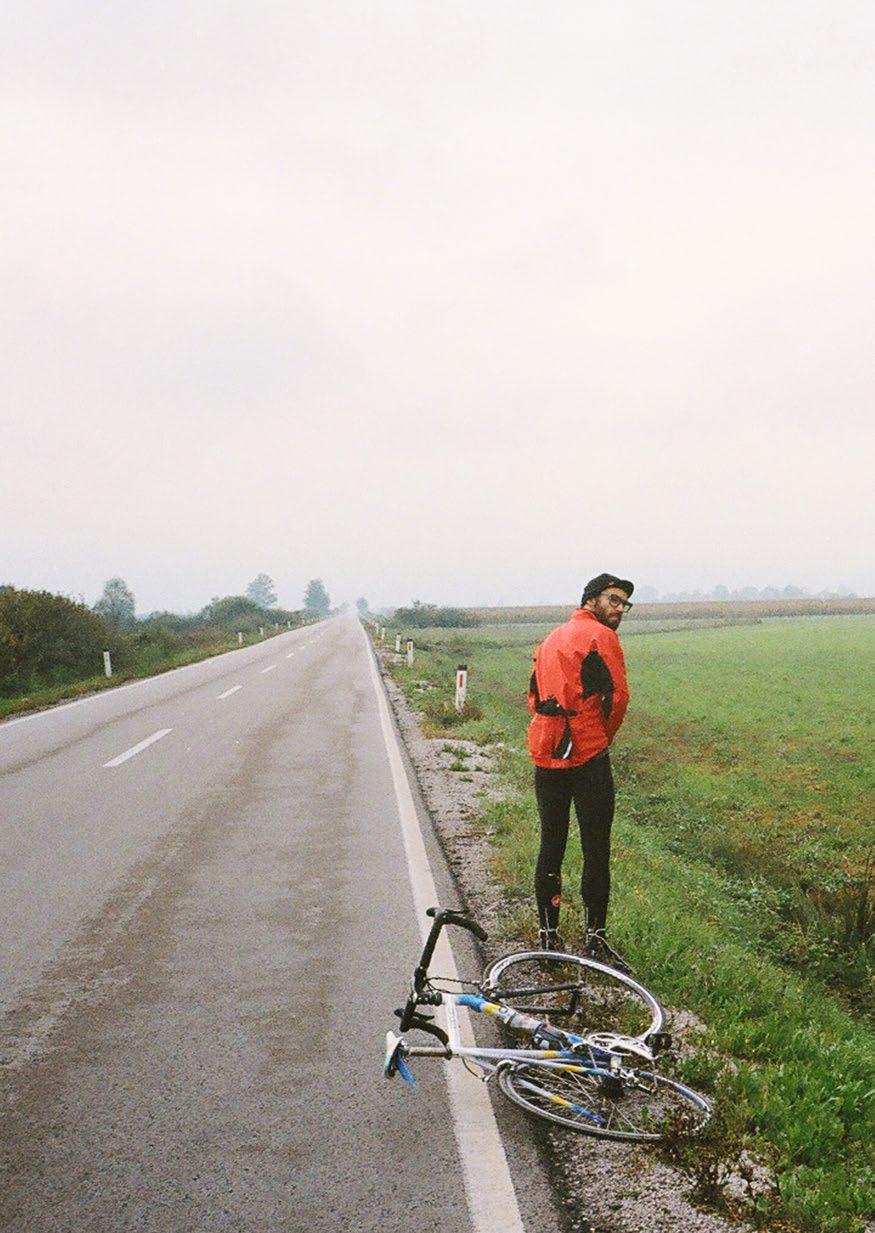
1 minute read
the old and the new
The start, finish and most of the segments of the ride are thematically and technically similar to the original race. Participants are divided into groups and every group takes care of its riders just like they do in the pro peloton. In this way the participants get to experience the thrill of racing and the intense camaraderie that unites the pro tour teams. It’s not a race but it definitely isn’t a tourist ride either.
This project has brought unexpected moments of selfknowledge and vastly deepened my understanding of bike racing, but most importantly, I’ve gained new friends that I know I can rely on when I don’t want to ride alone. For as long as I can remember, cycling has given me a satisfaction unlike anything else, and the fact that I can share that with other people is what gives me the energy to work on projects like the Classics Experience.
If you feel a sense of longing when you realise you’ll never battle the lethal cobbles of the Tour of Flanders or suffer on the inclines of La Doyenne, then stage a Classics Experience of your own. I can’t recommend it highly enough.
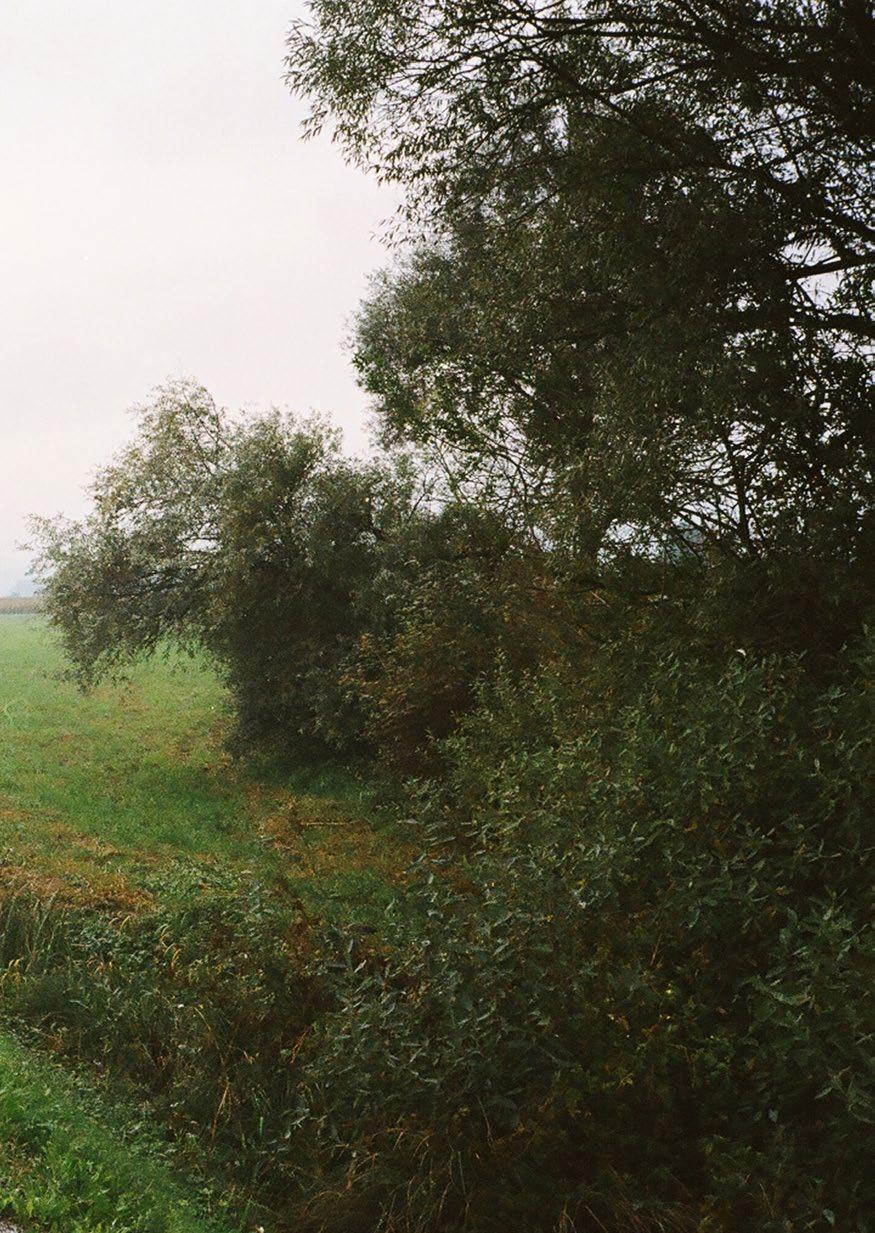
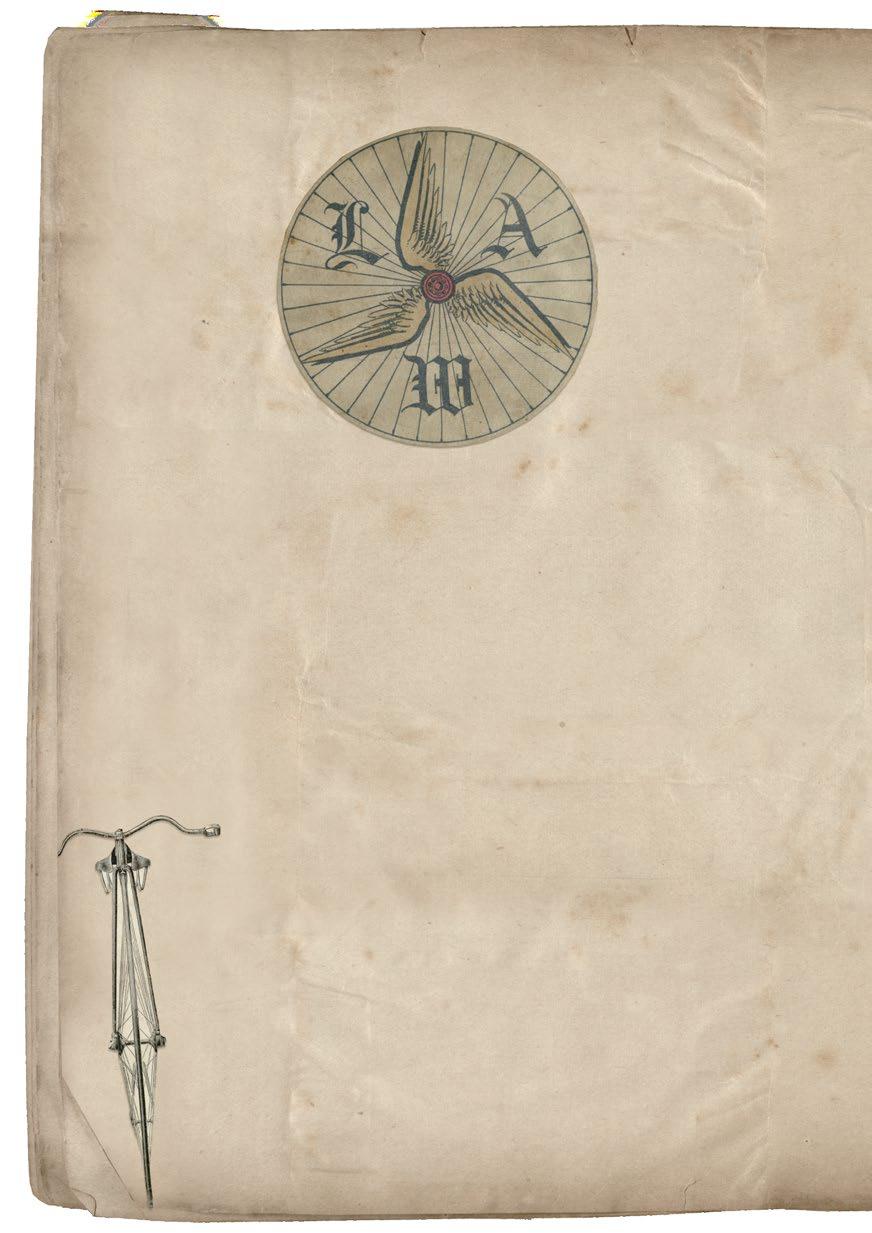
Things change and things don’t change.
Things change and things don’t change. We’ve worked with New Orleans historian and cyclist Lacar Musgrove across several issues of Boneshaker, and a while back she shared with us a scrapbook created by members of the Louisiana Cycling Club towards the end of the nineteenth century. We couldn’t resist reproducing a few excerpts from this fascinating, crumbling old collection of thoughtful asides, playful poems, caricatures and cameraderie that shows that in more than a century of riding so much has changed – the machines, the clothing, the roads – but the heart of ‘cycledom’ remains reassuringly the same.
Images courtesy of The Historic New Orleans Collection, acc. no. 98-62-L.
